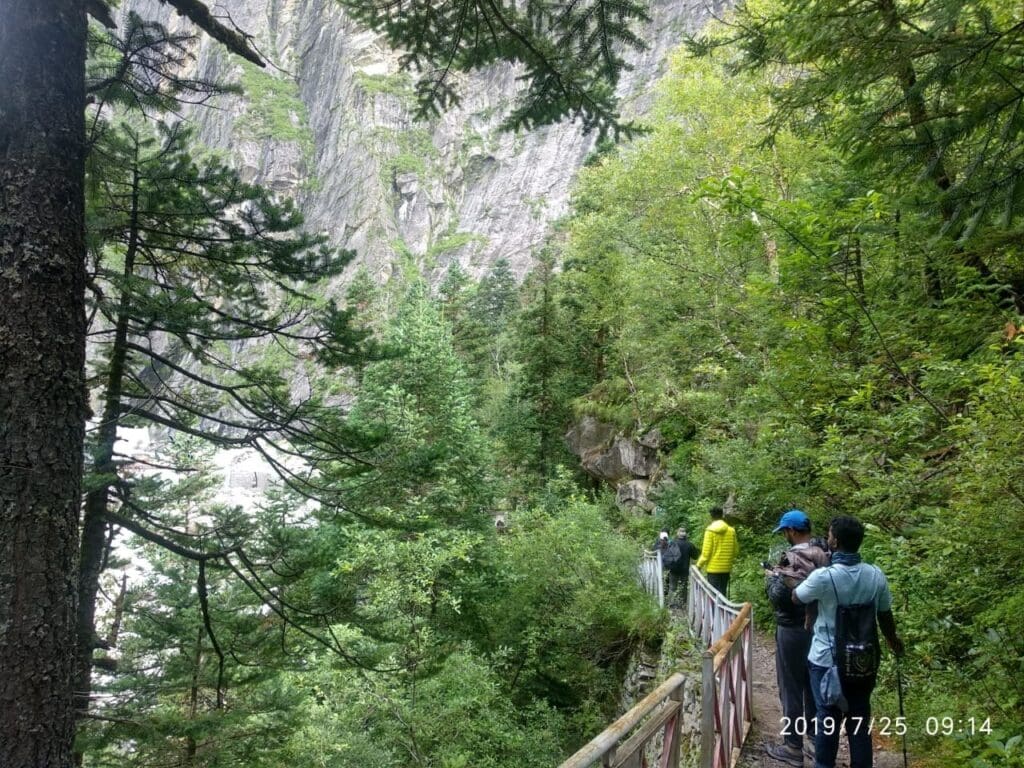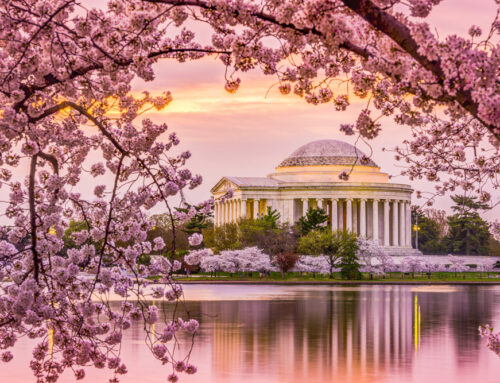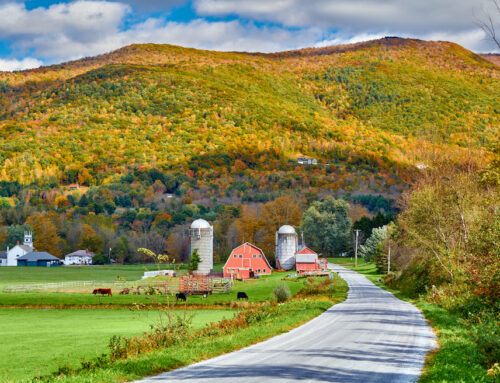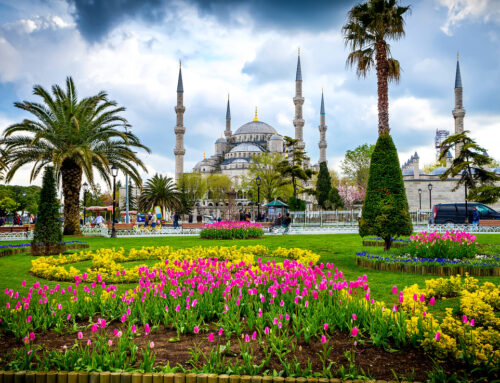Valley of Flowers – One Of The Most Beautiful Treks in the Himalayas
Valley of Flowers, UNESCO World Heritage Site, Uttarakhand, India – A Beautiful Himalayan Trek
This is one of the most beautiful treks in the Himalayan region. Beautiful meadows, colorful brooks, soul awakening landscape are the highlights in the journey. One has to trek dense forests, flowing along Pushpawati River. Through the trek, one crosses several bridges, glaciers, and waterfalls. It does not need an exceptional fitness level, however. Hence, it is a great choice for beginners to explore the Himalayas through the Valley of Flowers Trek. The place swells with the nurturing beauty of nature at its pinnacle in August. From here, one can thread one’s way for several pilgrimage sites.
Valley of Flowers is also known as the “Foolon ki ghati” of Uttarakhand. Located in the Chamoli district of Garhwal, the valley is north of New Delhi and bordered by Nepal and Tibet. It is at the altitude of 14,100 ft. A world heritage site, the place explores flora in the most spectacular fashion. It has around 300 different varieties of colourful alpine flowers that bloom against the backdrop view of high towering Himalayan peaks.
About Valley of Flowers

Valley of Flowers was first discovered by the great Mountaineer Frank S Smith in 1931. It is at a juncture that marks the separation of Western Himalayan ranges from Eastern. It captures a nature lover’s imagination in every aspect. The place is sought after in the warmer months as the spring is when it is in full bloom. The flora is in its magnificent exhibition, especially in the monsoon months. Small brooks, pristine waterfalls, lush green meadows make the journey awe-inspiring. Lime butterfly, gray languor, flying squirrel, Himalayan black bear, red fox, Himalayan weasel are the wildlife spectacle.
National Park and World Heritage Site
The valley was declared a National Park in 1982. It is home to millions of wildflowers; saxifrages, sedums, lilies, poppy, calendula, daisies, geranium, zinnia, and petunia are some of the well-known species. Most of the species here are under the “Threatened” category. Many of the recorded species are medicinal plants in more abundance than any other Indian Himalayan Protected Area. The Valley of Flowers National Park complements The Nanda Devi National Park to its east and together forms the transition zone between the Zanskar and Great Himalayan mountain ranges. One also captures the astonishing glimpse of the eminent Hathi Parvat and Saptrishi peaks during the trek to the Valley of Flowers. In 2002, it was provided with the honorary standing of the UNESCO World Heritage site.
How to Reach The Valley
By Train
Haridwar is the nearest railway station to the valley. Nanda Devi Express is a comfortable option to seek if you are travelling to Haridwar from Delhi.
By Road
Haridwar is also approachable through the road. The distance between NewDelhi and Haridwar is 218 km which will take 3 hours and 50 minutes. From Haridwar, it will take 10 hours by cab to reach Joshimath. Buses are available and leave on their regular intervals from ISBT, New Delhi. It will take six hours to reach Haridwar. From Haridwar, one can hire a cab or take a bus to reach Joshimath.
By Flight
Dehradun airport is the nearest to Haridwar. It is well connected to all the other cities like Hyderabad, Mumbai, Kolkata and New Delhi. It takes 1 hour 45 minutes. Cab services are available to reach Haridwar.
Best Time to Visit
The place gets opened in June; but, the best time designated to pack for this place is from July and September.
July-
Ambience- Since it is the beginning of the monsoon, the flowers are about to bloom. Since the tourist rush is low, one will find snow still melting and its remnants in patches. Showers arrive generally after mid of July.
Temperature- The least temperature can range from 17 degrees to 29 degrees Celsius.
August–
Ambience- The starting of August observes the teeming of flowers with rain ushering in and brings verdure along with it. A good amount of showers are always expected at Govindghat during this time. Crowded on weekends, low key on weekdays, the place welcomes everyone with open arms. One must note that during the peak monsoon season, valley should be visited before 2 pm. After that, the intensity of rain increases leading to difficulty in the trek or crossing wobbly bridges over Lakshman Ganga.
Temperature- It can range from 20 degrees Celsius to 26 degrees Celsius.
September–
Ambience- The place is full with the devotees visiting the Gurudwara of Hemkund Sahib. The trekking season of the valley is in its final episode as the winters are about to come. Flowers are almost in their last phase of bloom and start wilting. Witnessing clear mountain views makes it a different experience.
Temperature- – It can range from 3 degrees Celsius to 23 degrees Celsius.
Attractions/ Other Things to do
Nanda Devi Biosphere Reserve-
Located on the edges of the second largest peak in India, the Nanda Devi Peak. It is spacious as the length of the biosphere is 8 km in length and 2 km in width with an area of 87.5 square kilometers.
The valley lies at a very central position to the biosphere. That area shelters rare and endangered species of animal, mountain birds and butterflies. Animals like Asiatic black bear, Musk deer, brown bear, and snow leopard also dwell here. Mythology has it that Hanuman flew to this spot to collect Sanjivani Buti for Lakshman.
Badrinath Temple–
In August, an otherwise crowded with its devotees, Badrinath Temple is almost vacant. One can spend a good amount of time in its inner courtyard where the deity is placed and also attend the aarti.
Ghangaria village–
This village is situated at the height of 10,200 ft on the converging points of the river Pushpawati and river Himganga. The place is untouched by the mechanic style of living and preserves its unique cultural identity. The place is generally closed between December-April due to snow in winters.
Hemkund Lake in Hemkund Sahib–
It is dedicated to the last or the tenth Sikh Guru, Guru Gobind Singh ji. It is a sacred place of worship and a pilgrimage site in Chamoli district of Uttarakhand. It is the world’s highest gurudwara enveloped by the seven snow-capped mountains. It is approachable from Ghangaria, situated 13 km from Govind Ghat. But, it can be approached through a trek of 18 km from Govind Ghat only. June to October are the finest months to visit the place as in other months the place is covered in snow.
Joshimath–
It is a town located 42 km away from Badrinath in Chamoli district of Uttarakhand. It is a prominent pilgrimage center teeming with temples and religious sites. You will find the oldest tree of India, Kalpavriksha here. It is 1200 years old. The best time to be here is around July to August. One can go to a lot of other adventurous and trekking places from here like Hemkund Sahib, Auli. It also provides access to Malaria and Niti valley.
Where to Stay
You will be staying either in a lodge or at a hotel. One needs to note that nobody can stay overnight at Valley of flowers nor at Hemkund Sahib, Even tent pitching is not encouraged and ponies are also not allowed. This is to maintain the serenity and the pristine beauty of the valley, At Hemkund Sahib, prefer to leave around 2 p.m. to reach Ghangaria by nightfall. Garhwal Mandal Vikas Nigam (GMVN) guesthouses are government-run accommodation. They provide services at a reliable and cheap option and bookings can be done. Joshimath provides a high standard of accommodation in comparison to Govind Ghat. Himalayan Abode Homestay and Nanda Inn homestay are recommended. An experienced mountaineer owns the former homestay.
Otherwise, clean and hygienic lodging is also available. One can rely on Sikh Gurudwara at Govind Ghat and Ghangharia. As these are high altitude accommodations, water supply and electricity can be a bit erratic.
A trek leaves you with an experience or a snapshot memory. A memory you would like to walk down a million times because it gives you that comfort. It leaves you with the healing power of nature.
Valley of Flower is one of those treks where you will find yourself walking down the memory lane. It will leave you wondering about the scent of nature or the spiritual experience you had at Hemkund Sahib or being in the vicinity of India’s oldest tree. It is an experience of a lifetime to be on everyone’s bucket list.
********************************
About The Author: Bhumika is a content writer at Moxtain Adventures. She studies Literature in English at Delhi University. Awed by the world of language and literature from a very early age, you will find her talking about it most of the time. A feminist in the making with interests in swimming, baking, travel writing and a theater artist on some days.







